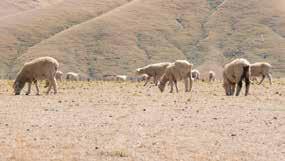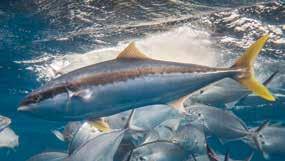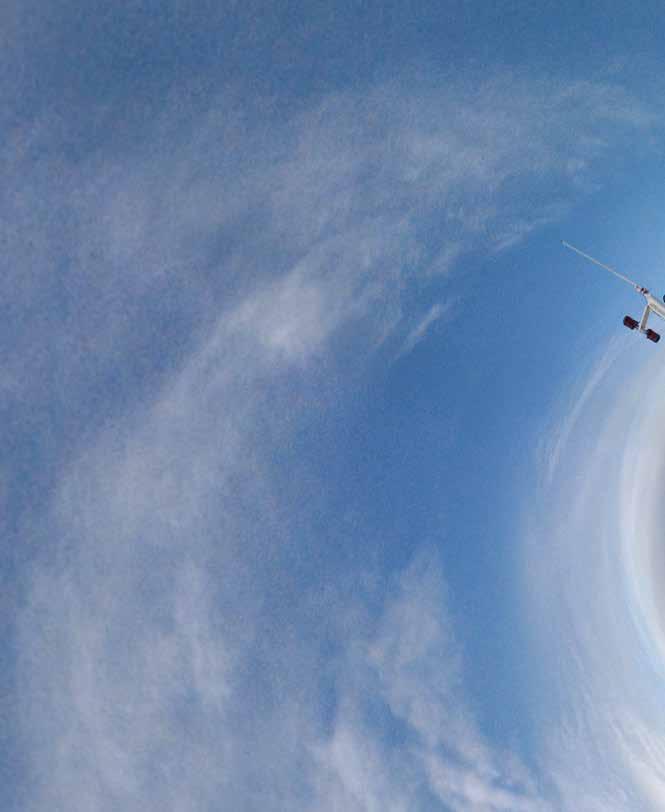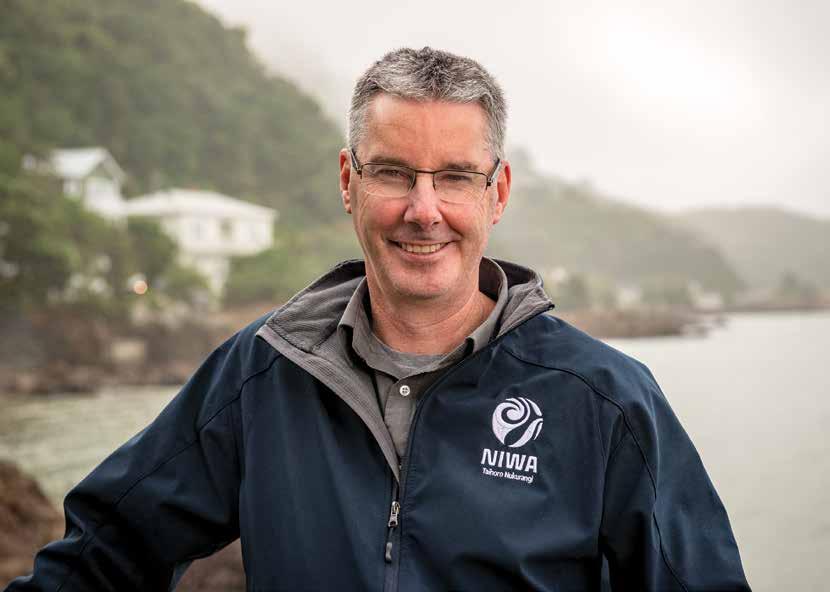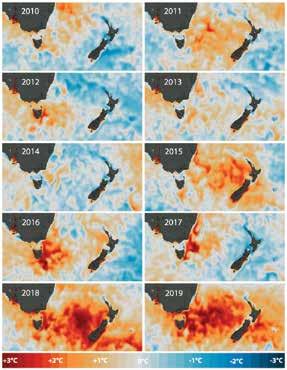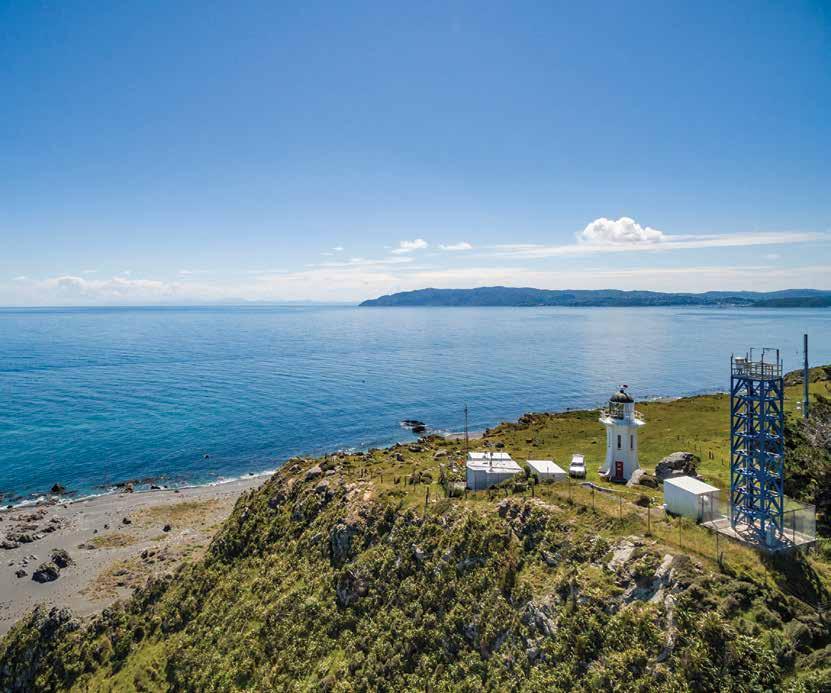
2 minute read
Ask a scientist
Each week NIWA receives queries about a host of different topics. Our experts are tasked with delivering the answers. Here’s a taste of our inbox.
Q. Where do whitebait come from, and what is happening to their overall numbers?
Advertisement
Whitebait is the term we give to the juveniles of five different species of migratory native fish called galaxiids. The name galaxiid comes from the patterns on the skin of the adult fish that look like a galaxy of stars. The larvae of these fish develop at sea before returning to freshwater as juveniles. Those that escape the nets will grow to adults in our rivers and streams. Presently, four of the five species are in decline or threatened. There are a number of reasons for this, but the primary factors are thought to be the loss and degradation of the freshwater habitats that the whitebait need to complete their lifecycle. Dr Cindy Baker, Principal Scientist – Freshwater Fish, Hamilton
Q. Where was New Zealand’s longest recorded dry spell, and will climate change mean we are likely to see this record broken?
The longest spell without any rainfall recorded in New Zealand is 71 days. This was measured at the Wai-iti weather station near Seddon in Marlborough, starting from 8 February, 1939. Much of New Zealand, particularly in the east and north of both main islands, is projected to become more drought-prone with climate change, and the lengths of dry spells will increase. New Zealand’s climate is also expected to become more variable, so it is likely that this record dry spell length will be broken in the years to come. Petra Pearce, Climate Scientist, Auckland
Q. Kingfish have been caught as far south as Otago Harbour this year. Why is this and can anglers expect more of the same in the future?
Yes. Some fish species that are normally found in the warmer waters around the North Island occasionally straggle south as far as Otago and Foveaux Strait. Good examples are snapper and kingfish, which have been reported from the Otago region for at least a century, usually turning up during autumn when water temperatures are at their warmest. Now, with ocean temperatures increasing around New Zealand, these species are being seen in larger numbers and are probably staying for longer in southern waters. Kingfish and snapper may one day be common in Otago Harbour. Dr Malcolm Francis, Principal Scientist – Fisheries, Wellington
